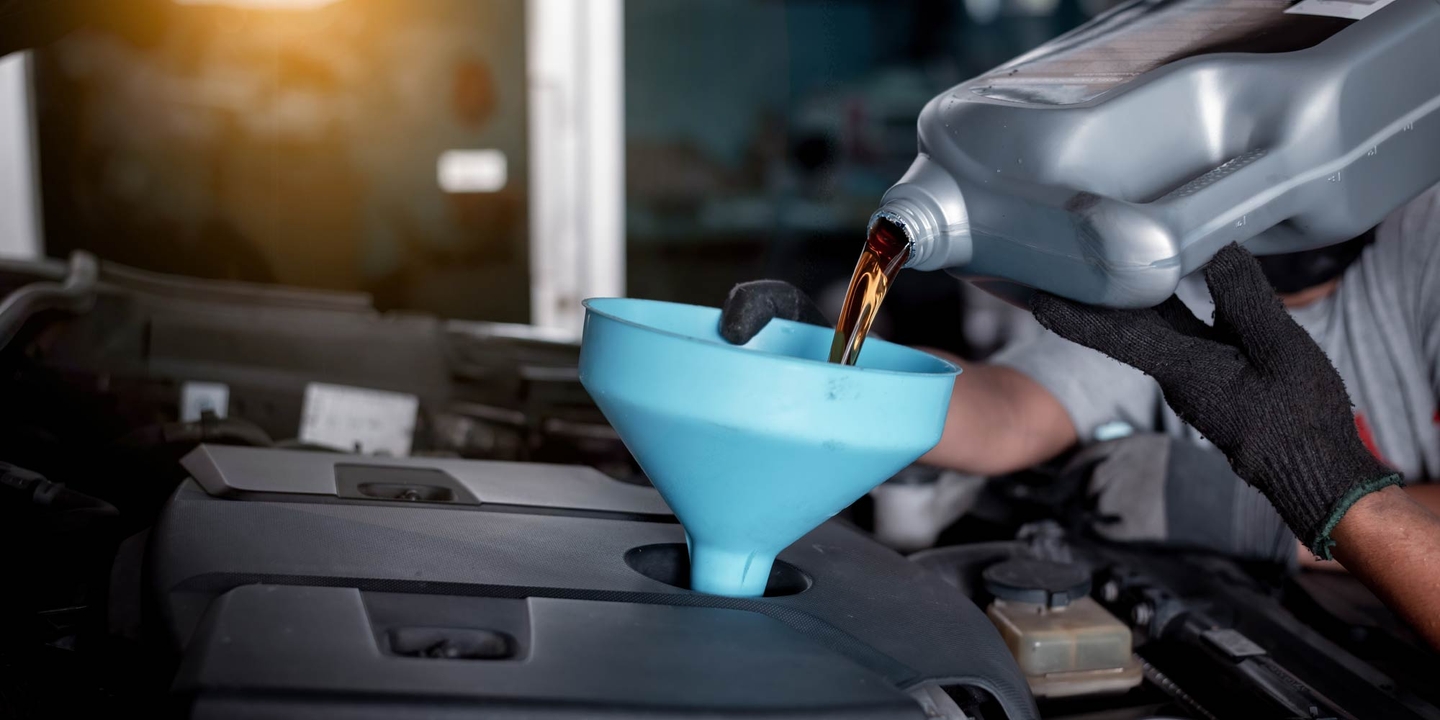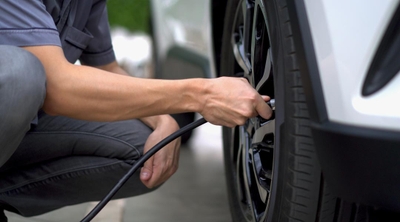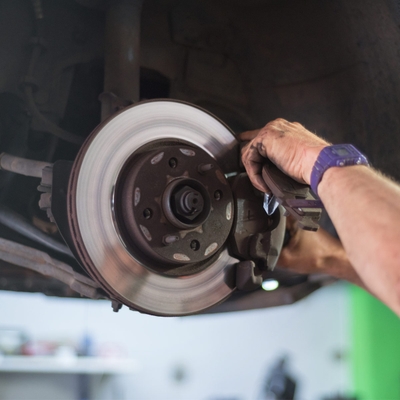How important is an oil change?
3 min read
When it comes to automotive maintenance, few things are easier or more important than sticking to a schedule of regular oil changes. The benefits of changing your oil on time are numerous. Regular oil changes improve your engine’s performance, extend its longevity, and help your car achieve its peak gas mileage. Clean oil is essential for keeping the engine and all the engine controls properly lubricated and running smoothly.
What does an oil change do?
“The primary role of motor oil is to lubricate the insides of your engine to prevent abnormal wear and tear,” says Marshall Castle, an ASE-certified master automotive technician and owner of Chicago Car Care, Inc. Without regular oil changes, friction builds up between the engine’s many moving parts. Excessive friction forces the system to work harder than it should, creating excess heat and pressure on the entire engine.
In addition, automakers design today’s cars with engine controls influencing the engine’s gas mileage, emissions, and overall efficiency. Oil and oil pressure power these engine controls. When your oil level gets too low, or becomes dirty, these controls can’t perform their core functions.
Why do you need to get an oil change?
If you want to keep your vehicle in good condition, consistent oil changes are an essential part of your preventative car maintenance routine. Here’s why: your motor oil deteriorates over time, which limits its ability to break down the particles that build up in the engine. Filters can only hold so much of this debris; eventually, those particles will seep into your engine. That gunk, combined with the loss of friction that comes with dirty or low levels of oil, causes premature engine wear, along with drops in performance and fuel efficiency.
Failure to get your oil changed can also hit your pocketbook hard. “We’ve had customers who performed no preventative maintenance, and when you open up the engine, instead of oil, you find a thick sludge,” Castle says. “It’s very hard to save the engine at that point. The purpose of an oil change is to help you avoid paying a fortune for a new engine or a replacement vehicle.”
What are the different types of car oil?
Whether you’re getting your oil changed by a mechanic or doing it yourself, it’s best to follow the manufacturer’s recommendations when selecting the type of oil. In some vehicles, you’ll find a sticker under the hood that lists the oil best suited for your engine. Or you can always consult your owner’s manual. There’s a wide range of motor oils on the market, which differ based on weight and viscosity (or thickness) levels.
Generally, oil falls into three main categories:
- Synthetic: Many high-performance vehicles require this more expensive, chemically enhanced oil to last longer, run cleaner, and maintain viscosity.
- Semi-synthetic: As the name suggests, this oil features many of the enhanced properties of synthetic oil but at a lower price than top-end products.
- Conventional: This is the traditional, old-school oil used for decades, and manufacturers recommend it for older cars.
How often should I change my oil?
According to Castle, there’s a general rule of thumb for oil change maintenance broken out by oil type. Even if you don’t drive your car for an extended period, Castle recommends you follow these guidelines. “It’s worth the investment in a $60 oil change to potentially save you money on much bigger engine problems down the road,” he says
- Synthetic: Every six months or 6,000 miles
- Semi-synthetic: Every five months or 5,000 miles
- Conventional: Every three months or 3,000 miles
Other considerations for oil change maintenance
You can check your oil levels without a mechanic if you feel comfortable. Many newer cars feature dashboard symbols and sensors that alert you when it’s time to change your oil. But most vehicles still have easily accessible dipsticks that allow you to check your oil, which Castle thinks is a good idea. “If your car has a sensor, there might already be an issue by the time it illuminates,” he says. “It never hurts to take a look.”Castle suggests checking the oil when replacing the windshield wiper fluid. To avoid burning your hand, wait until the engine has cooled down.
Then, once you find the dipstick, pull it out and wipe it clean with a rag. Stick it back in and slowly pull it out again, noting the oil level (it should have markings for “low” and “high”) as well as the color. You’ll want to make an appointment for your next oil change if the oil is anything other than black or brown or if you see dirt or other particles in it. Learn how to check your car fluids.




